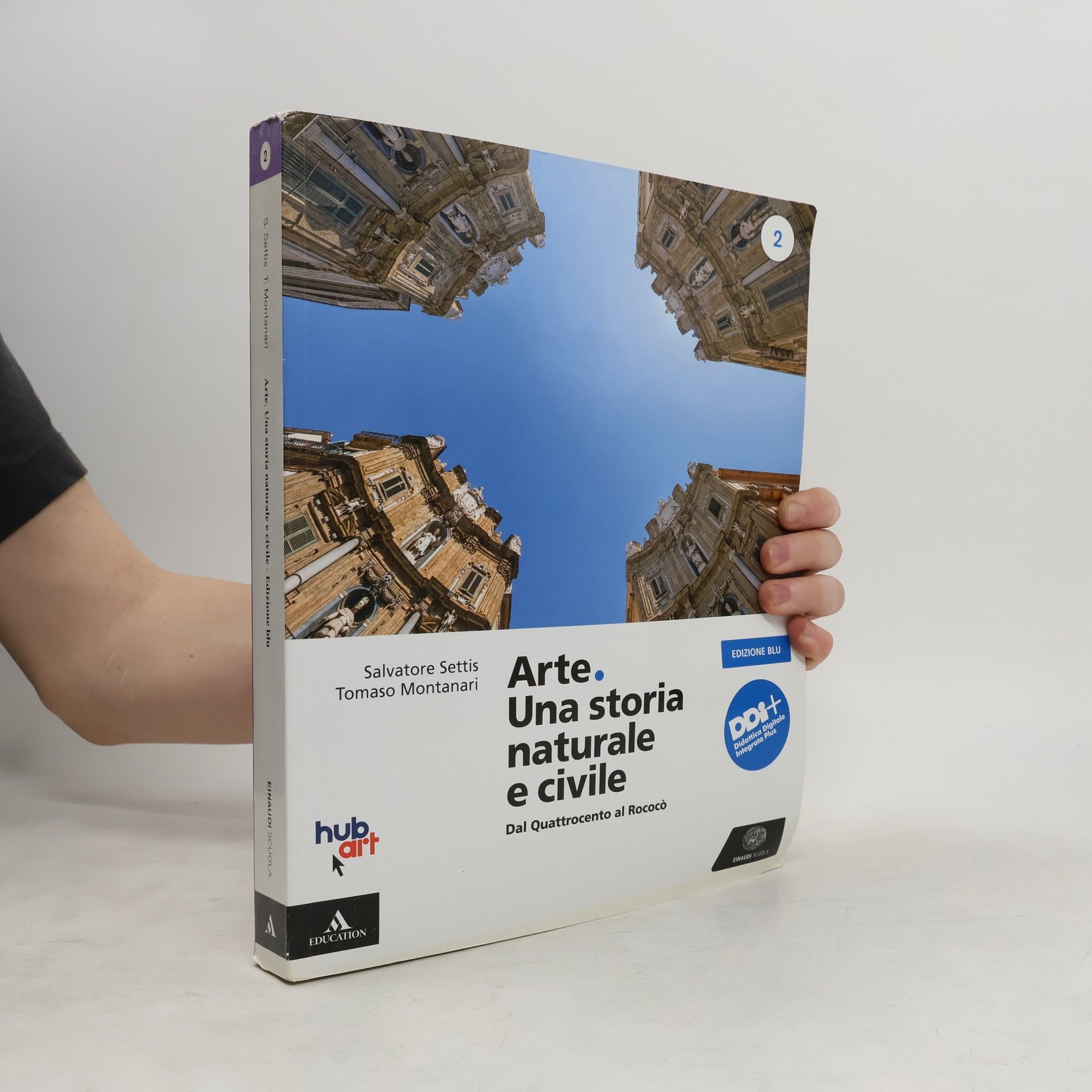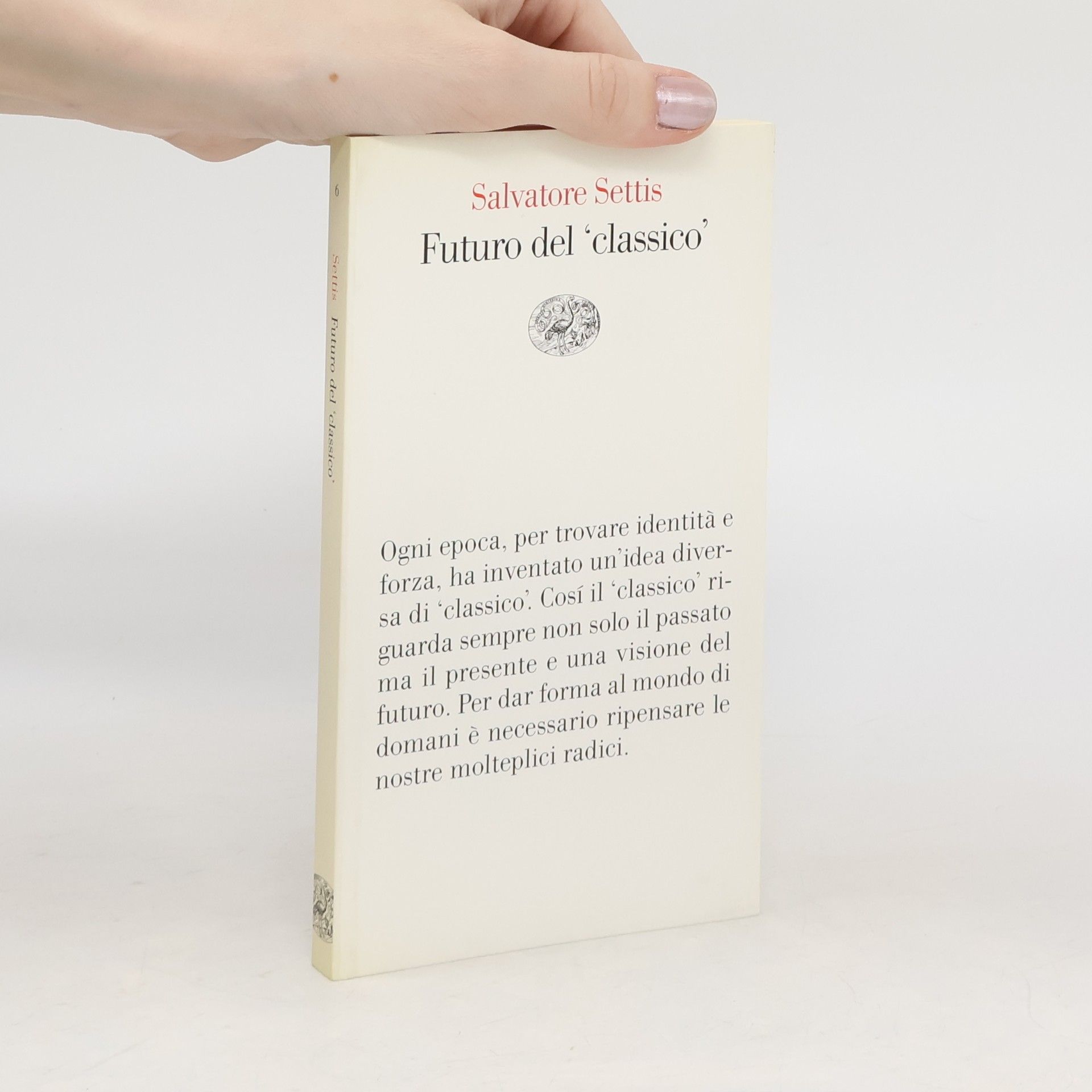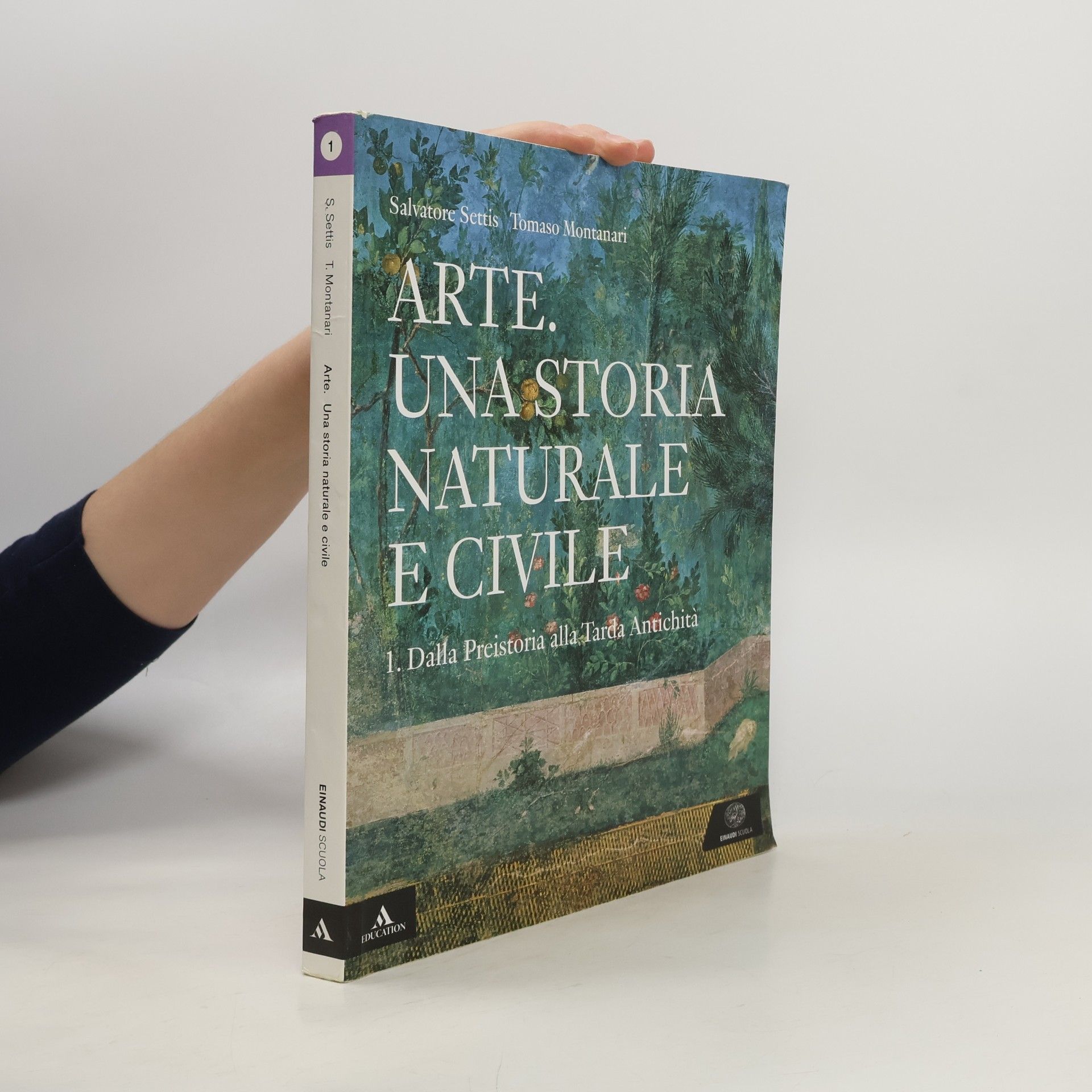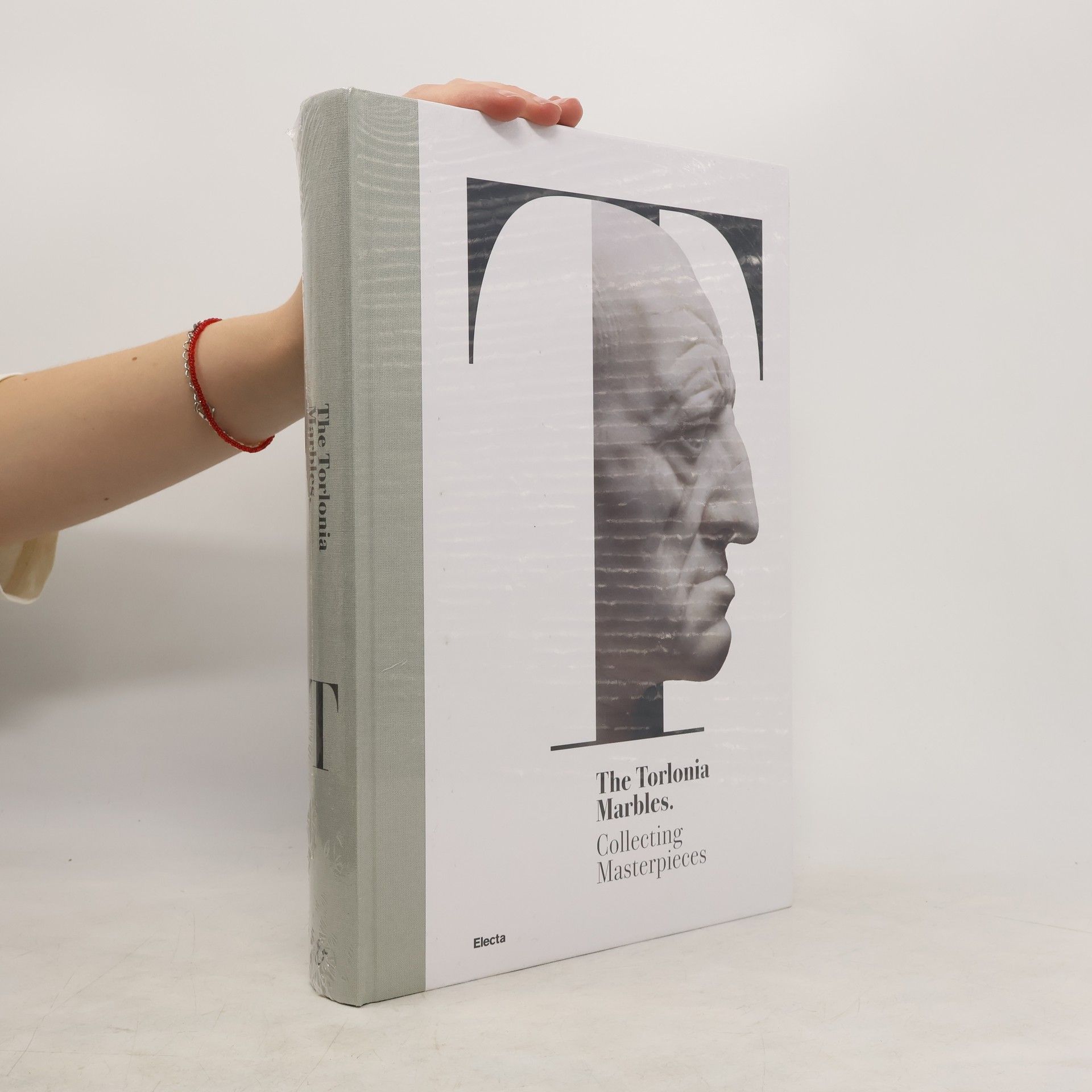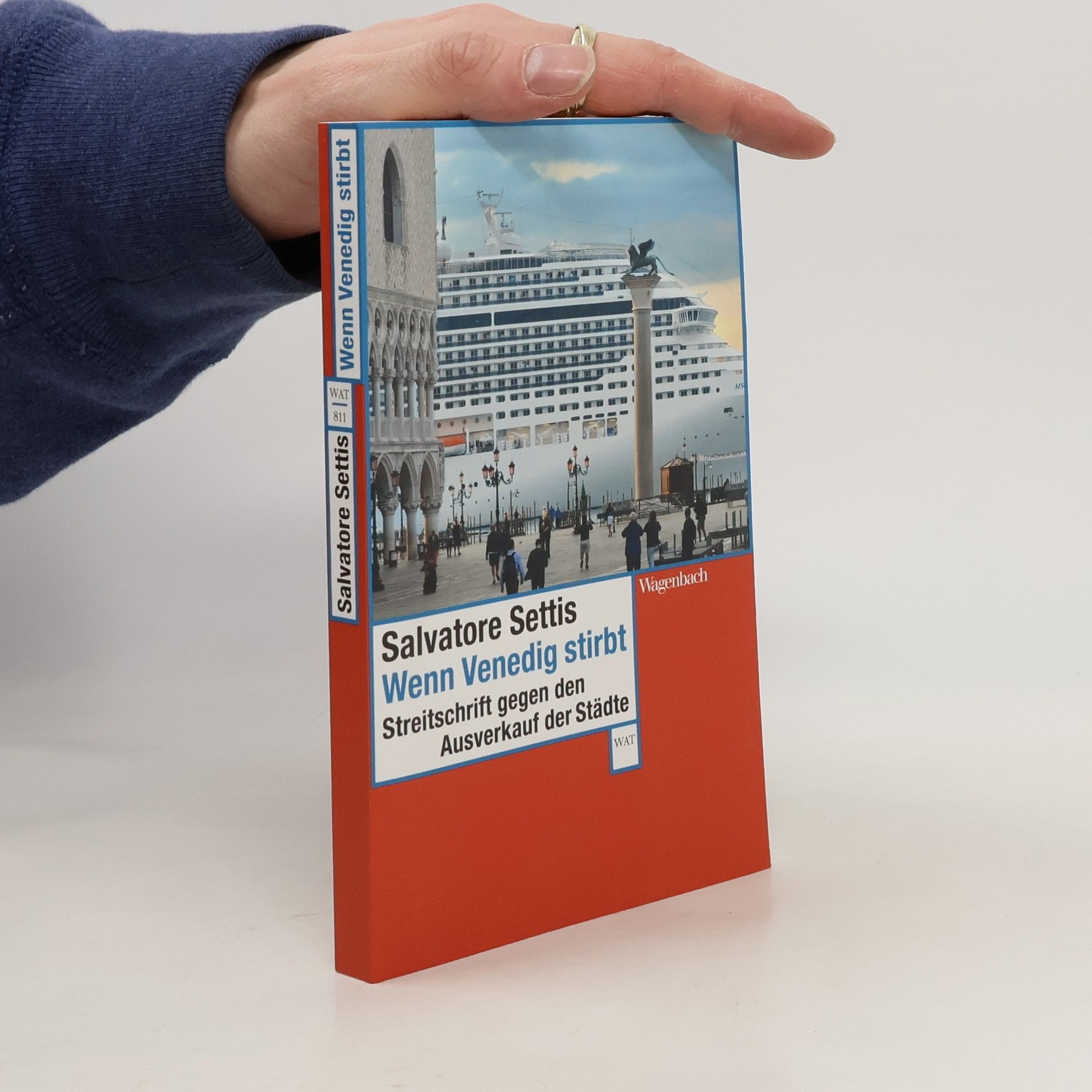Wenn Venedig stirbt
Streitschrift gegen den Ausverkauf der Städte
Kein europäisches Land hat ein so immenses kulturelles Erbe wie Italien, kein Land solche Schwierigkeiten im Umgang mit diesem Erbe. Salvatore Settis, emeritiert und frei von allen akademischen Zwängen, ist in den letzten Jahren zum Gewissen dieses Landes geworden. Immer wieder stellt er bohrende Fragen: Wie gehen die Italiener mit ihren Schätzen um, und was machen wir Europäer mit unseren kulturellen Gütern? Venedig mit seiner einzigartigen Architektur, Geschichte und geographischen Lage, aber auch Venedig als Ausbund der Kommerzialisierung dieser Einzigartigkeit nimmt Settis als Ausgangspunkt für universelle Überlegungen: Gibt es so etwas wie die Seele einer Stadt? Und was könnte sie sein? Die Eigentümlichkeit, die Geschichte, die Einwohner? Warum gehören Wolkenkratzer zu New York, aber nicht nach Venedig? Muss man »Städteschönheit« als »Weltkulturerbe« konservieren, oder brauchen Städte »kreative Zerstörung«? Wie steht es mit dem »Recht auf Stadt«? Wie mit den Rechten der zukünftigen Generationen? Ein fulminantes Plädoyer für die lebendige Stadt der Zukunft – geschrieben mit umfassenden Kenntnissen, mit ganzem Herzen und voller Elan!
